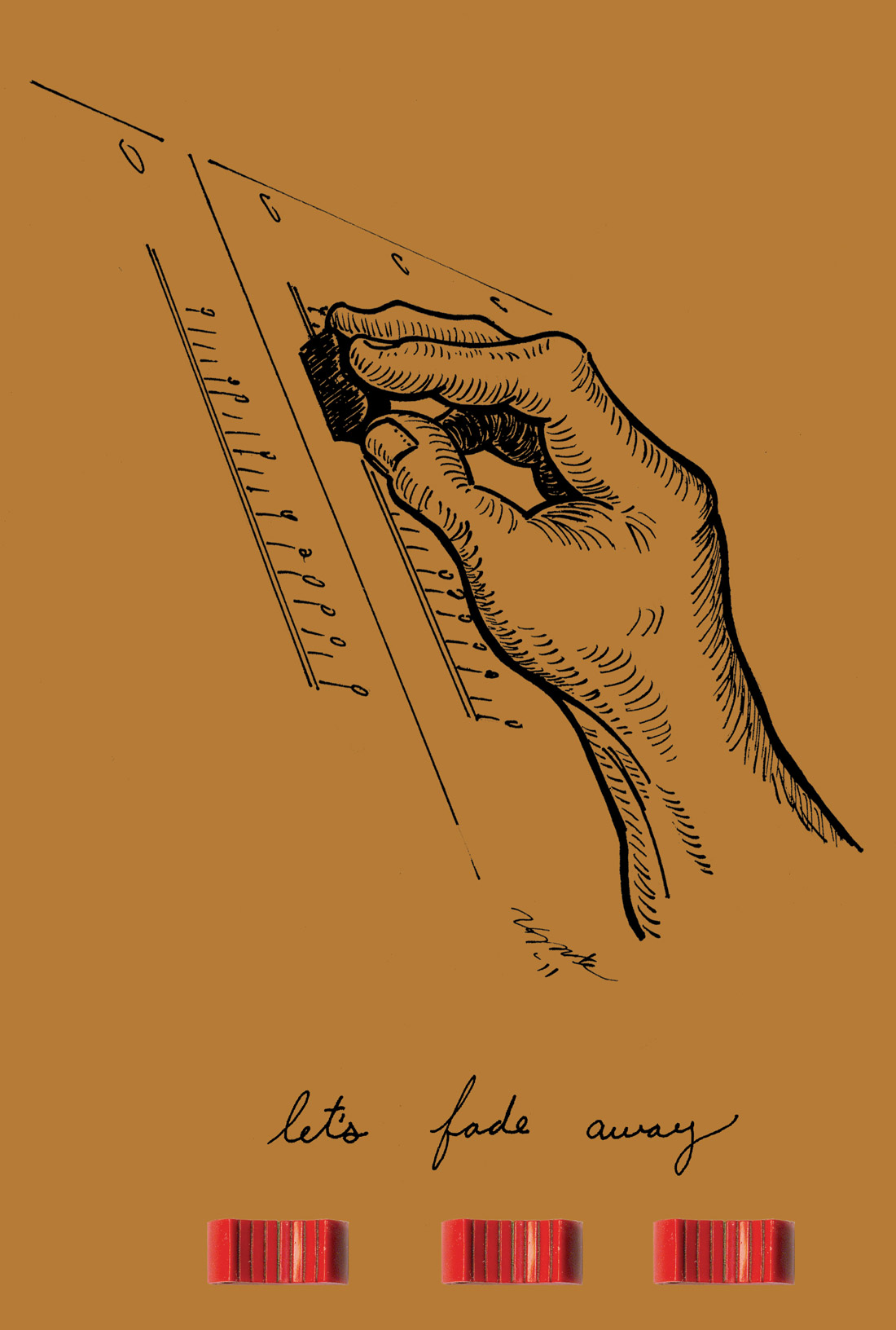Tonelux was one of the first companies to design and build summing amps, and as the field continues to grow, Tonelux has released their newest offering, the OTB16, a 16-channel summing amp designed by Paul Wolff. (Mr. Wolff owned API for much of the ‘80s and ‘90s.) The OTB16 elegantly exemplifies Mr. Wolff’s taste in solid construction, unique metalwork, and excellent analog audio design. Packed into one rackspace, the OTB16 offers a neat way of summing 16 channels of mono or stereo signals through a discrete, transformer-coupled stereo bus — and simultaneously out a balanced, transformerless set of outputs. Through the transformerless outputs and a stereo mix input, multiple units can be cascaded in order to create a larger mixer. Tonelux employs proprietary op-amps throughout the signal path, which combine the sonics of true Class A electronics with the efficiency and dynamics of a well-designed Class AB circuit. These op-amps, plus the Tonelux output transformer on the stereo master, create a sound unique to Tonelux.
The rear panel of the OTB16 is very simple, with two standard 8-channel D-sub connectors for inputs, a pair of 1/4’’ balanced inputs for the stereo bus input, and one pair of XLRs each for the main output and the transformerless monitor output. A standard IEC power input finishes off the back panel connections. The front panel hosts 16 concentric knobs for level and pan for each input, plus a stereo master fader, while a unique backlit switch for each pair of inputs gangs that pair so that the left fader controls both channels’ gain, while their panning remains independent. Although somewhat small, the knobs allow precise adjustment of level and pan, and I could easily calibrate each input to within 0.1 dB of each other. Furthermore, the pan could easily be adjusted without inadvertently moving the fader level, and vice-versa. A zero-position detent on the faders would be helpful, but I can understand why this was left out. For best practice, the unit’s input and output levels should be calibrated before each session to facilitate accurate recall.
For me, summing amps are a tricky subject. I am very happy with mixing in-the-box, often supplemented by a few choice pieces of analog gear which I insert on specific channels and buses. Mixing through an analog mixer doesn’t usually improve my mixes in a perceivable way, except for the flavor imparted by the analog stereo bus output transformer or tube stage. With that said, the OTB16 channels imparted a very subtle sonic stamp on my stems, while the stereo bus imparted a more noticeable sonic flavor. The stereo bus gave my mixes a sort of “finished” feel, probably due to the transformer slowing down the transients a bit and gluing the mix together. This effect took away any edginess in the upper midrange and shaped the bottom nicely, especially in the low mids. I would be happy to keep the stereo bus of the OTB16 permanently inserted into my stereo bus. The fact that you can sum 16 channels without changing the overall character of an ITB mix makes this a fantastic tool for additional analog routing options during mixing.
Overall, the Tonelux OTB16 serves well as a 16-channel summing mixer in a small package, and its stereo bus coloration is one of the more euphonic and all-around useful flavors I have heard in a summing amp. You don’t get heavy tube coloration, and you don’t get an overly aggressive retro console sound — just a nice finishing touch provided by clean electronics and a well-chosen transformer. Give the OTB16 a listen, and see if it fits your needs. ($1799 street; www.tonelux.com)
–Adam Kagan <adamkagan@mac.com>
Consoles/Summing, EQs, Mic Preamps | No. 93
Awesome Channel Amplifier
by Chris Garges
Dave Raphael is one of the smartest guys I know. He's a terrific recording engineer, a great photographer, a technically-knowledgeable individual, and he has absolutely astounding ears, so when he...




_disp_horizontal_bw.jpg)